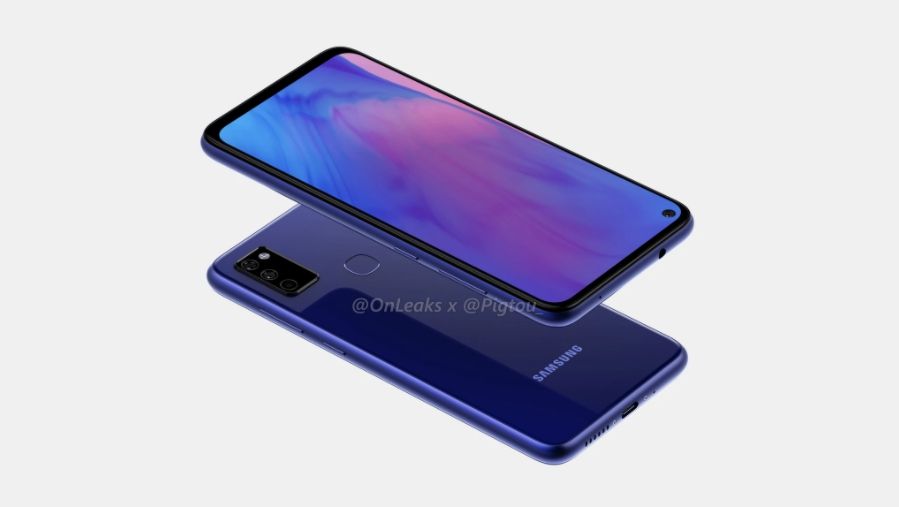Microsoft first announced Windows Subsystem for Linux 2/WSL 2 during Microsoft Build last year and it was rolled out to the stable version earlier this year with the Windows 10 May 2020 update (version 2004). The update introduced a full Linux kernel to the stable Windows 10 branch and the company also made WSL 2 updatable through Windows Update, which meant that users no longer had to rely on the command line option to update the kernel. Now, Microsoft is bringing WSL 2 support to older versions of Windows 10.
According to a recent post on the Windows Command Line blog, WSL 2 support is making its way to Windows 10 version 1903 and 1909 via an update. However, the backport will only be available for x64 systems, and users who are running an ARM64 version will need to update to Windows 10 version 2004 to gain access to WSL 2.
In case you’re one of the many users running Windows 10 version 1903 or 1909, you can head over to the Update & Security section in the Windows Settings and click on Check for Updates to see if you’ve received the update. As the blog post explains, you can check if you’ve received the backport by verifying the minor build number of your current Windows 10 build.

To do so, you’ll need to right click on the start menu, click ‘Run’, type in ‘winver’, and then hit enter. On the following page, you’ll be able to check your OS Build number. If your minor build number (numbers that appear after the ‘.’ in the OS Build number) is 1049 or higher on Windows builds 18362 or 18363, then you have received the backport and, therefore, WSL 2 support.
After you’ve verified that you’ve received the backport, you can then follow the instructions given in this post to install WSL, or simply update to use WSL 2. With WSL 2 support, you’ll be able to compile LineageOS custom ROMs on your Windows 10. If you’re interested in trying that out, you can follow this guide to get started.
Source: Windows Command Line
Thanks to XDA Senior Member Some_Random_Username for the tip!
The post WSL 2 support comes to Windows 10 v1903 and v1909 appeared first on xda-developers.
from xda-developers https://ift.tt/2CKz6cO
via IFTTT






